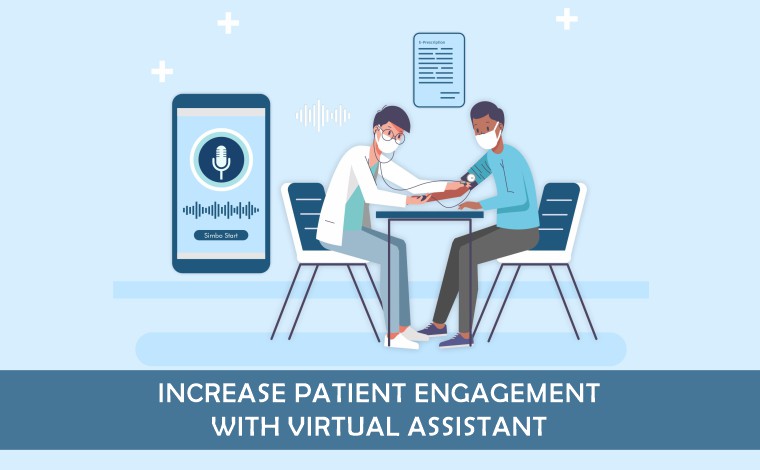
Pharmacy is the clinical health science that links medical science with chemistry. It is charged with the discovery, production, disposal, safe and effective use, and control of medications and drugs.
The 21st-century Pharmaceutical and biotech sector has come a long way from its roots in 19th-century pharmacy. Pharma looks at its evolution over the centuries. The origins of the Pharmaceutical industry lie back with the apothecaries and Pharmacies that offered traditional remedies as far back because the middle ages, offering a hit-and-miss range of treatments supported centuries of folk’s knowledge. Still, the industry as we comprehend it today has its origins within the last half of the 19th century. While the scientific revolution of the 17th century had spread ideas of rationalism and experimentation, and also the age had transformed the assembly of products within the late 18th century, the marrying of the two concepts for the advantage of human health was a relatively late development. Merck in Germany was possibly the earliest company to maneuver during this direction. Originating as a Pharmacy founded in Darmstadt in 1668, it had been in 1827 that Heinrich Emanuel Merck began the transition towards an industrial and scientific concern by manufacturing and selling alkaloids.
The price of prescription medications poses a big challenge for public health. Currently, about one in four people taking prescribed drugs have difficulty affording their medications, and that they may respond by skipping doses or delaying filling their prescription. Other patients may cut quantities in half to scale back the frequency of refills—Medication Adherence. The costs of medical goods and services are rising, but none over the price of medicine – which increased by 33% from 2014 to 2020. While medication adherence is littered with numerous factors across the patient journey, the burden on patients around financing a prescription or treatment plan has tremendous consequences on compliance.
Whether a patient needs a one-time medication or chronic treatment, medication affordability could be a widespread problem seeping into other healthcare journey aspects. One avenue to mitigate this burden and increase patient engagement in their care journey is thru patient financial assistance programs. While these programs offer valuable support, patients often cite that these programs are unknown or complex to locate within a Pharmaceutical company’s website. Beyond that, patients may require further assistance in determining their eligibility and applying (many people have insurance and believe simply because they’re insured that they won’t qualify – which isn’t the case at all).
This journey around financial assistance is continuous, and patients need support and education to maintain their enrollment and supply the required updates to continue receiving financial backing.
Another essential piece of this access puzzle is that the digital literacy of the most significant population of medication and care consumers. Three-quarters of those aged 50 to 64 use pharmaceuticals, compared to 91 percent of those aged 80 and older. These patients tend to get on the lower end of the digital literacy scale, so navigating this process online is challenging.
